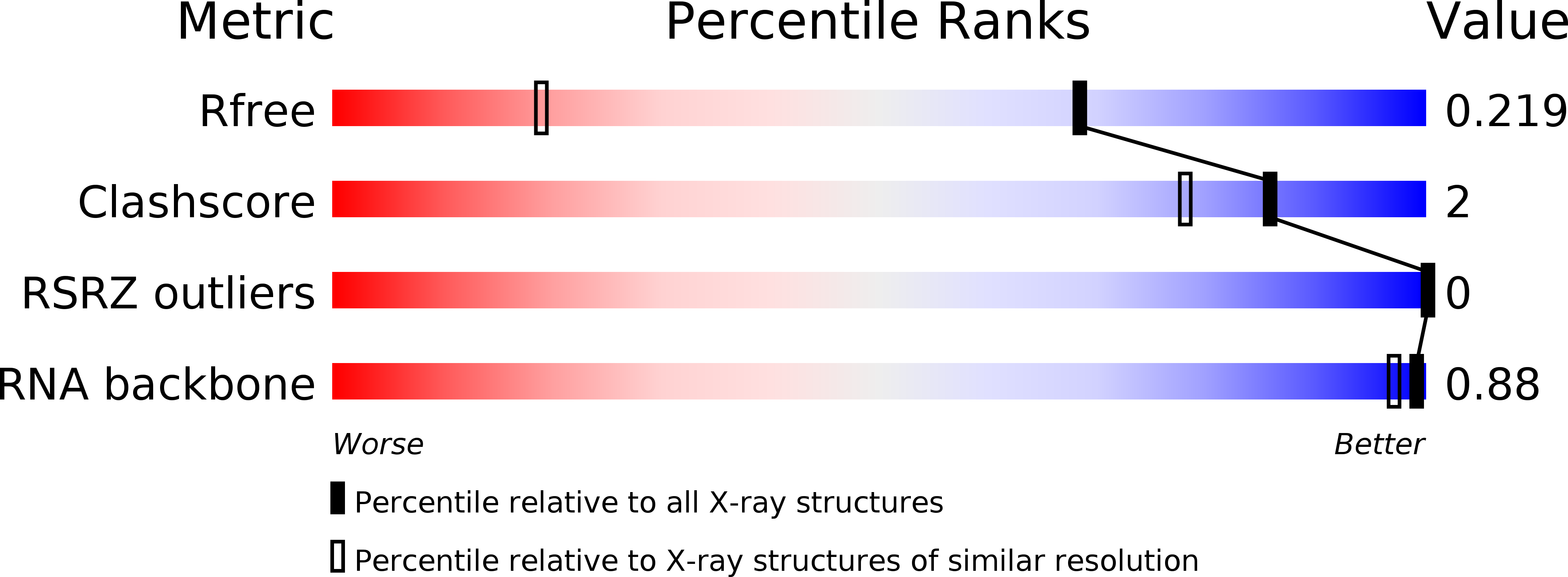
Deposition Date
2008-04-30
Release Date
2008-09-09
Last Version Date
2024-04-03
Entry Detail
Biological Source:
Source Organism:
Method Details:
Experimental Method:
Resolution:
1.40 Å
R-Value Free:
0.22
R-Value Work:
0.19
R-Value Observed:
0.19
Space Group:
C 1 2 1


